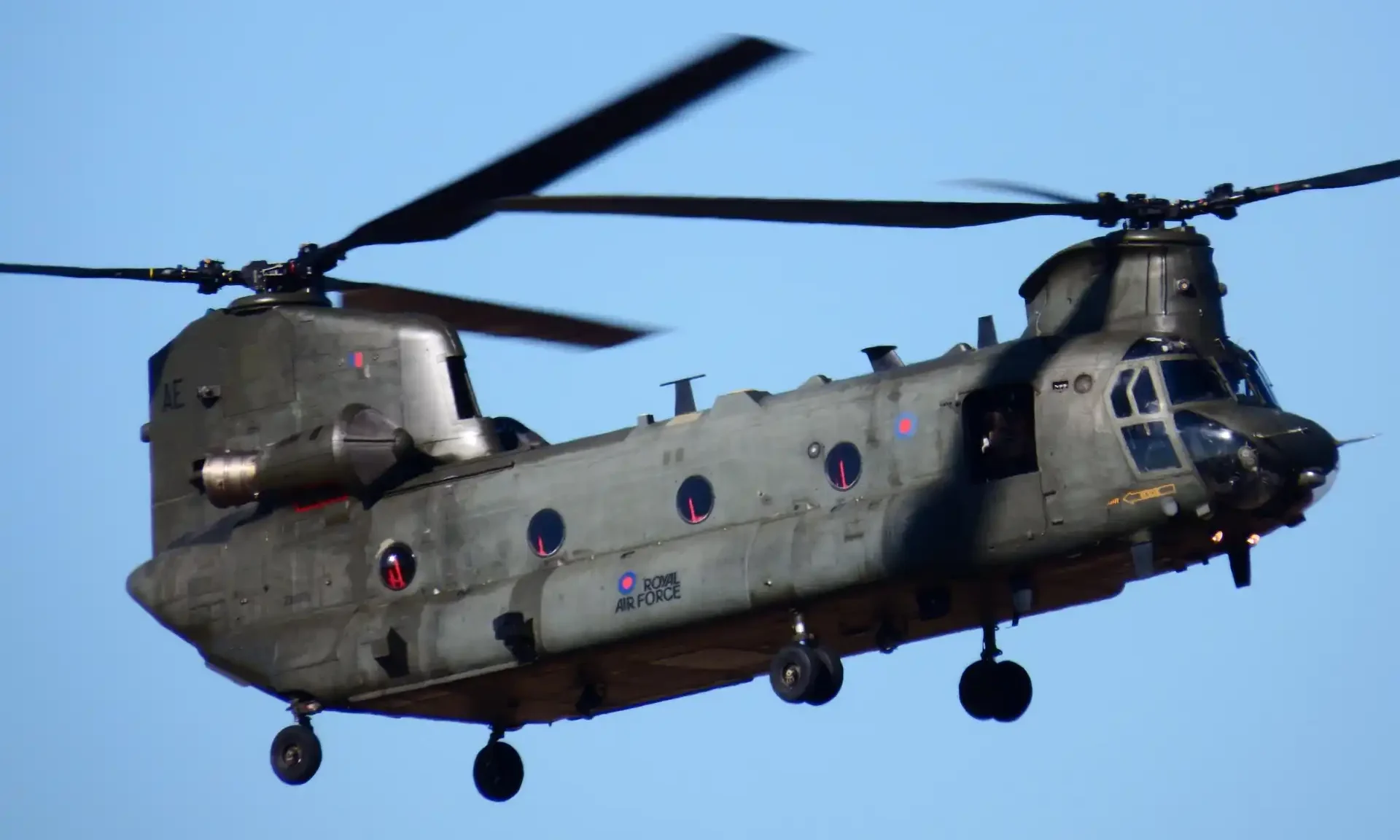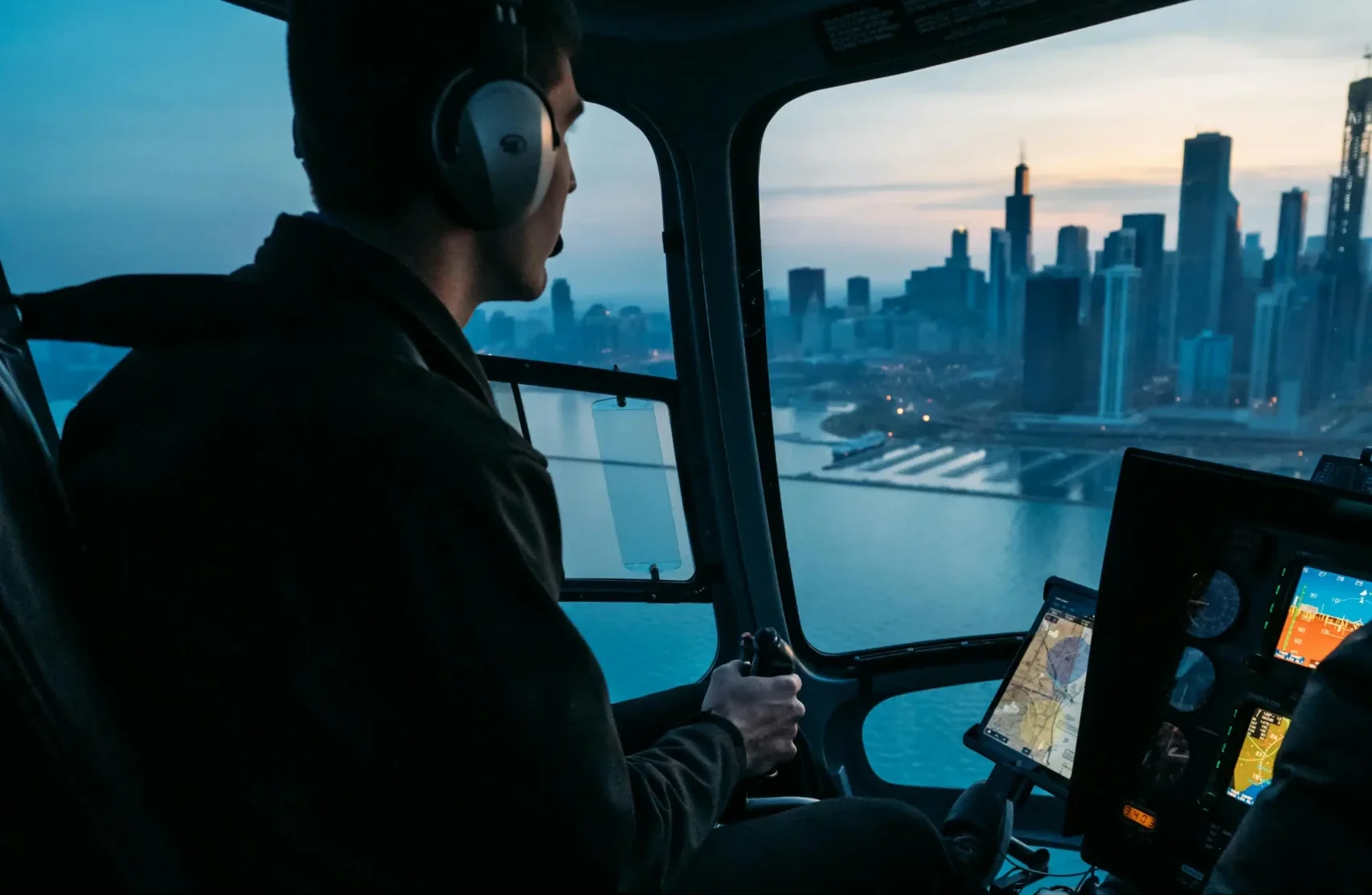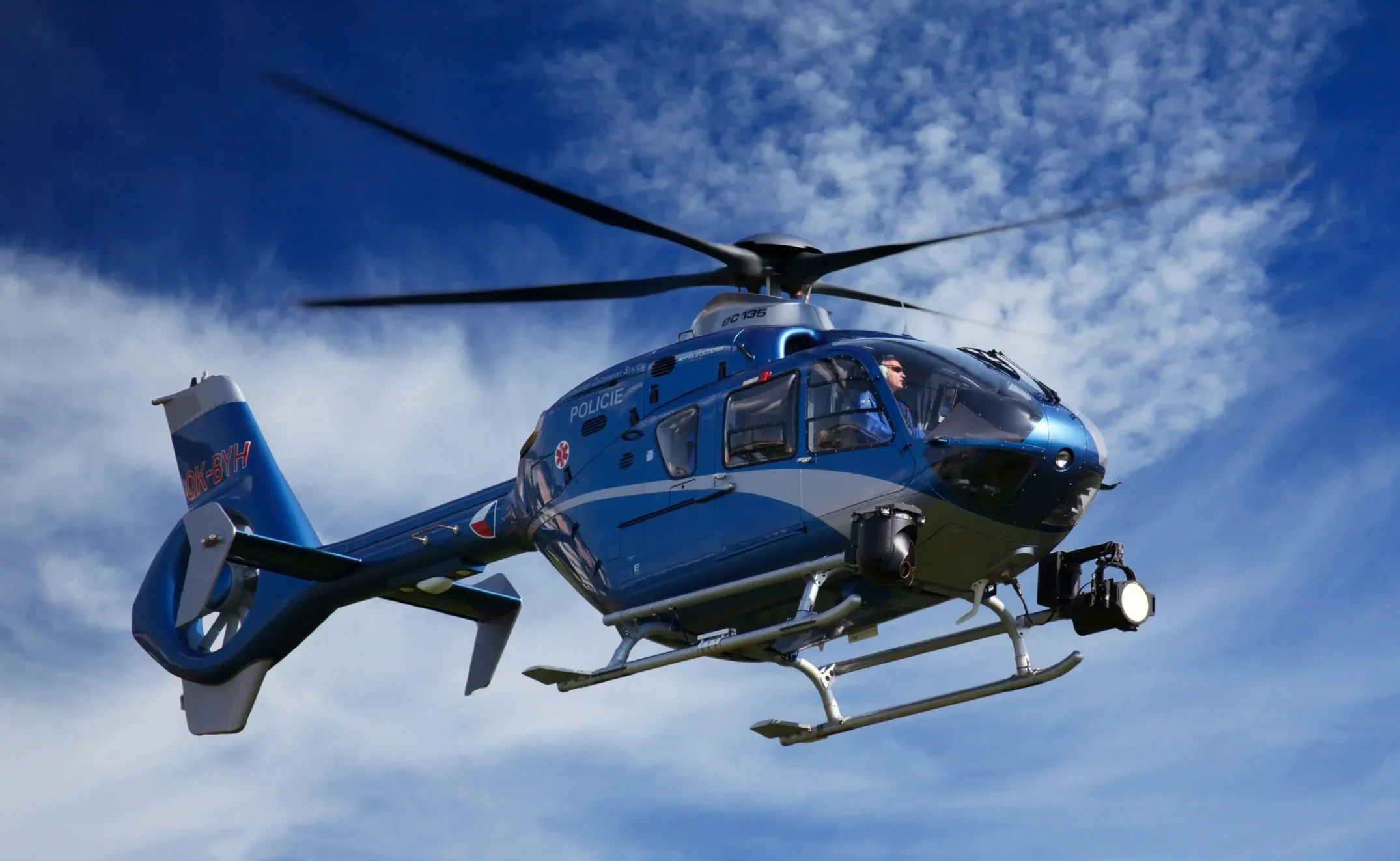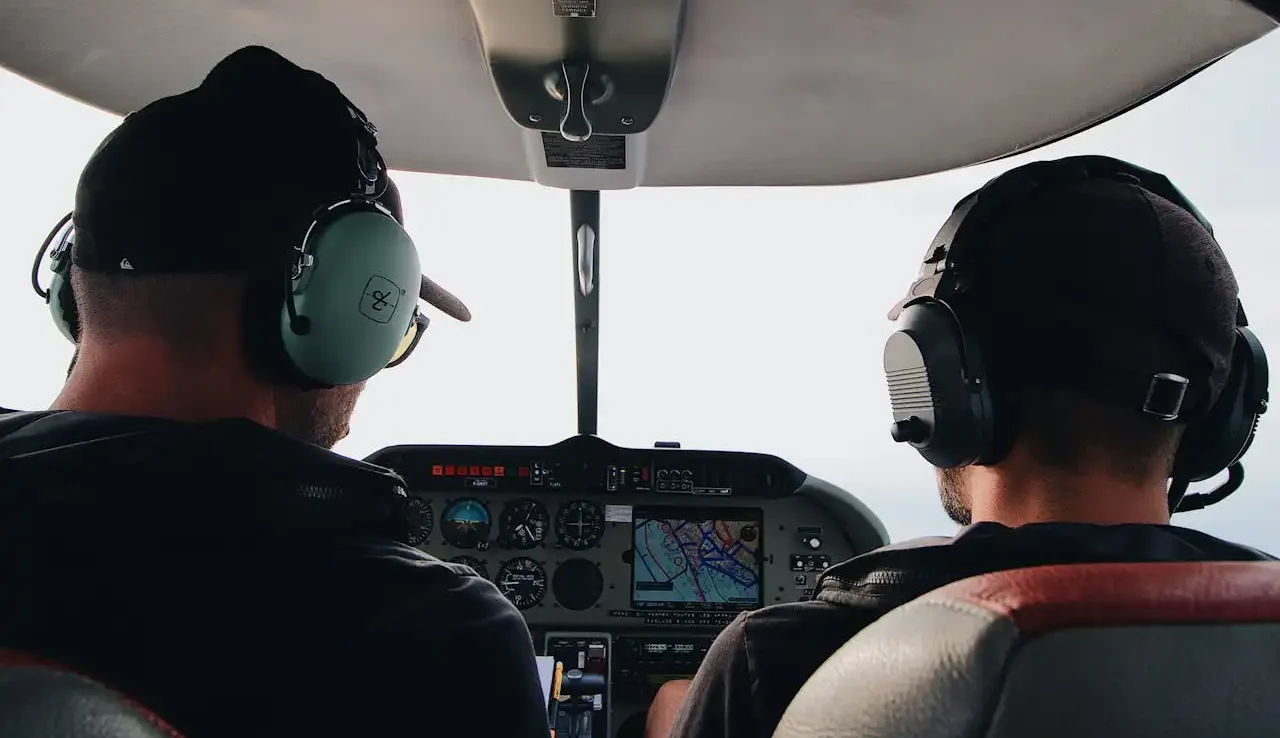How Fast Can a Helicopter Go: Breaking Down the Speed Barriers
Have you ever looked up at a helicopter buzzing overhead and wondered: How fast can a helicopter go? While fixed-wing aircraft regularly cruise at hundreds of miles per hour, helicopters operate under different aerodynamic principles that create fascinating and limiting speed challenges. Today, we’ll explore the remarkable engineering that determines helicopter speeds and the surprising records that push these limits to the extreme.

The Physics Limiting How Fast Can a Helicopter Go
Understanding helicopter speed limitations requires grasping some fundamental aerodynamic principles. Unlike fixed-wing aircraft, helicopters face a phenomenon called “retreating blade stall” that creates a hard ceiling on their maximum forward velocity.
When a helicopter moves forward, the rotor blades experience different relative airflow speeds. On the advancing side (moving in the same direction as the helicopter’s travel), the blade experiences increased airspeed. On the retreating side (moving opposite to the direction of travel), the blade experiences decreased airspeed. At high forward speeds, the retreating blade can experience such low relative airflow that it stalls, creating dangerous handling conditions.
The average helicopter typically cruises between 130-150 mph (209-241 km/h), with maximum speeds rarely exceeding 200 mph (322 km/h) for conventional designs. This speed range applies to most commercial and civilian helicopters in regular operation today.
Record-Breaking Helicopter Speeds That Defied Expectations
While conventional helicopters face strict speed limitations, specialized designs have pushed these boundaries dramatically. The current official helicopter speed record is held by the Sikorsky X2, which reached an astonishing 287 mph (462 km/h) in 2010. This revolutionary design overcame the retreating blade stall problem by using counter-rotating coaxial rotors and a pusher propeller.
Even more impressive is the unofficial speed record set by the experimental Eurocopter X3, which achieved 293 mph (472 km/h) during testing in 2013. These advanced prototypes demonstrate how innovative engineering solutions can overcome traditional helicopter speed limitations.
Speed Capabilities of Common Helicopter Models
To better understand how fast can a helicopter go in real-world conditions, let’s examine some popular models:
- Airbus H125 (formerly Eurocopter AS350): Maximum speed of 178 mph (287 km/h)
- Bell 407: Maximum speed of 161 mph (259 km/h)
- Robinson R44: Maximum speed of 150 mph (241 km/h)
- Sikorsky UH-60 Black Hawk: Maximum speed of 183 mph (295 km/h)
- Apache AH-64: Maximum speed of 227 mph (365 km/h)
Military attack helicopters typically achieve higher speeds than civilian models due to more powerful engines and aerodynamic designs optimized for performance rather than comfort or fuel efficiency.
The fastest production helicopter currently available for regular operation is the Airbus H225 Super Puma, with a maximum speed of 275 km/h (171 mph), though it typically cruises at considerably lower speeds for optimal fuel efficiency and safety.
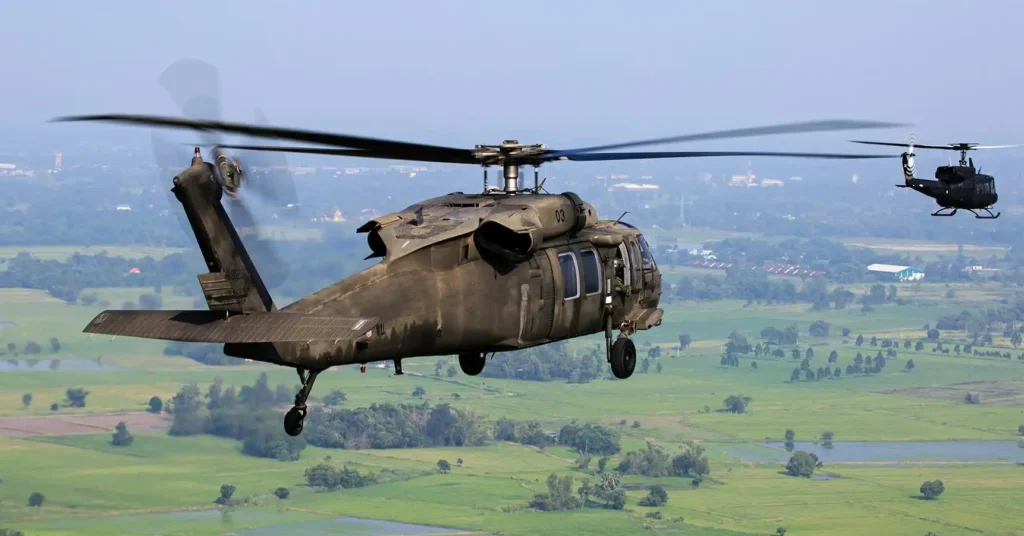
The Future of Helicopter Speed Technology
Engineers continue developing innovative technologies to increase how fast can a helicopter go without compromising safety. The most promising approaches include:
- Compound helicopters that combine traditional rotors with wings and propellers
- Coaxial counter-rotating rotors that balance lift across both sides of the aircraft
- Tilt-rotor technology that blends helicopter and fixed-wing capabilities
The Bell V-280 Valor represents the latest generation of these hybrid designs, achieving speeds up to 345 mph (555 km/h) in testing—far exceeding conventional helicopter capabilities.
FAQ: How Fast Can a Helicopter Go?
Can helicopters break the sound barrier?
No, conventional helicopters cannot break the sound barrier (approximately 767 mph at sea level). Their rotor systems would experience catastrophic failure due to transonic flow conditions long before reaching such speeds. Even the most advanced experimental designs remain well below supersonic velocities.
Why don’t helicopters have enclosed rotors to reduce drag?
Enclosed rotors (called ducted fans) have been tested but present significant engineering challenges including weight penalties, increased complexity, and reduced lift efficiency in hover. For most helicopter applications, the disadvantages outweigh the potential speed benefits.
What is VNE in helicopter terminology?
VNE stands for “Velocity Never Exceed” and represents the absolute maximum speed beyond which a helicopter should never be operated. This limit is determined during testing and accounts for structural limitations, control effectiveness, and aerodynamic stability.
How does altitude affect helicopter speed?
Higher altitudes typically reduce a helicopter’s maximum speed capability due to thinner air providing less lift and reduced engine performance. Most helicopters achieve their maximum speeds at relatively low altitudes where air density is greatest.
Could a helicopter theoretically fly around the world non-stop?
No, conventional helicopters lack the fuel efficiency and range for non-stop global circumnavigation. The longest helicopter flights without refueling typically last no more than 5-7 hours, covering distances far short of what would be required for global travel.
How do helicopters measure their airspeed?
Helicopters use pitot-static systems similar to fixed-wing aircraft, with airspeed indicators calibrated to display indicated airspeed (IAS). However, helicopter pilots must also account for complex airflows around the rotor system that can affect instrument readings.
Share your thoughts: We Value Your Feedback!







